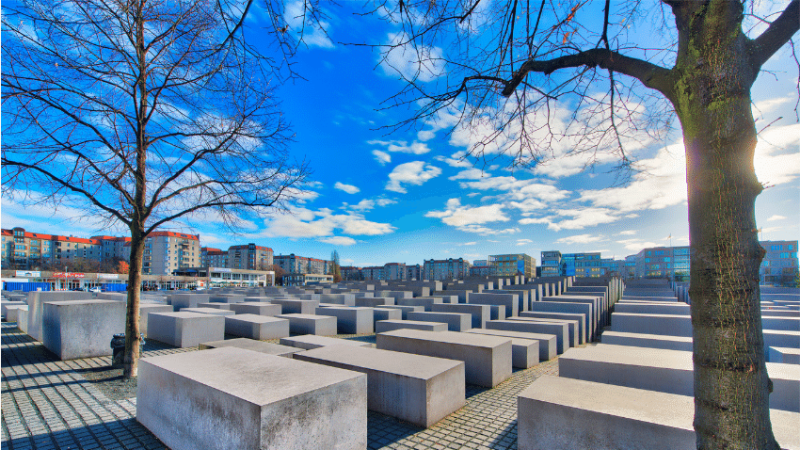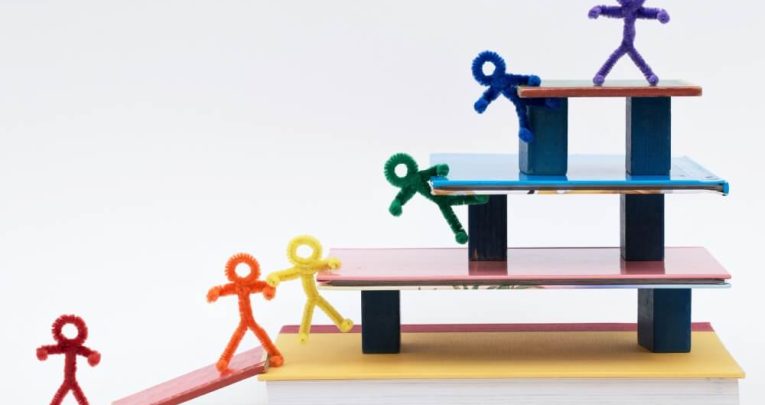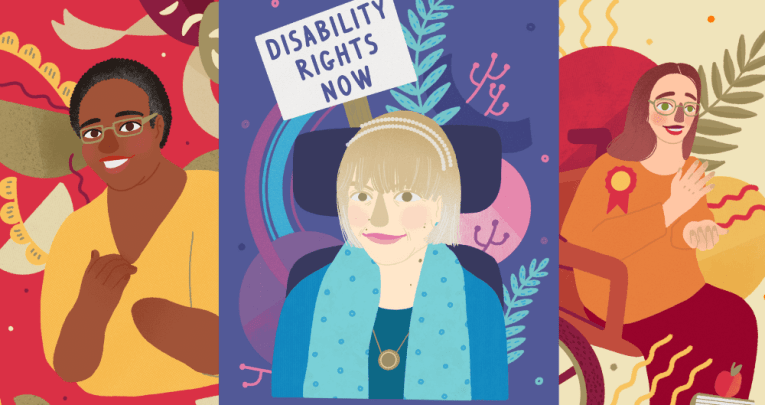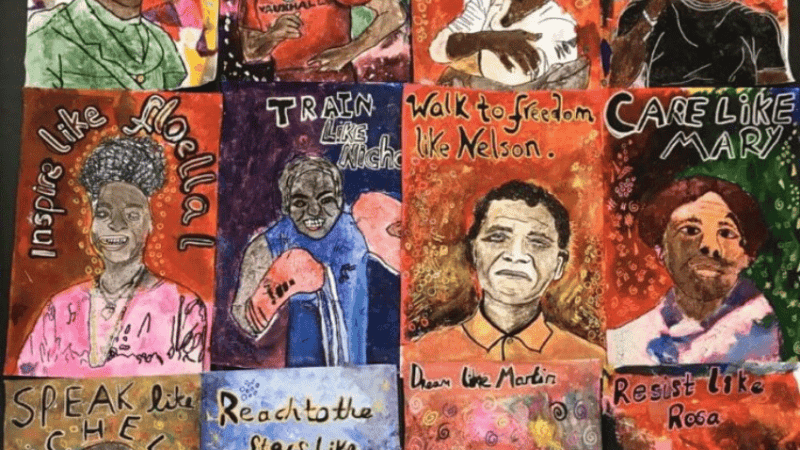Remembrance Day activities – Best 2025 KS1 and KS2 ideas & worksheets
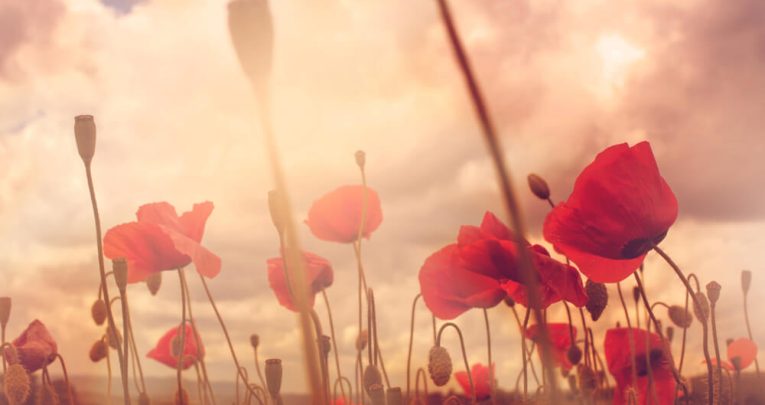
Help primary children appreciate why we celebrate Remembrance Day with these activities, ideas, worksheets, lesson plans and more…

- by Teachwire
- Classroom expertise and free resources for teachers
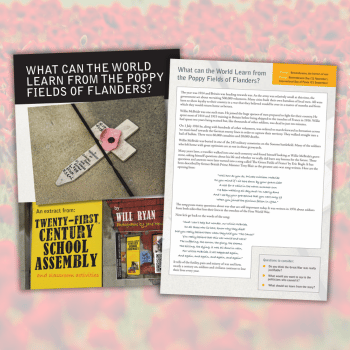
Everything you need to know about Remembrance Day, including when and why we observe it, plus helpful KS1 and KS2 activities and resources to support learning…
When is Remembrance Day?
If you’re thinking about planning Remembrance Day activities at school this year, the date you’re aiming for is Tuesday 11th November.
Remembrance Sunday falls on the second Sunday in November. In 2025, this will be 9th November.
What is Remembrance Day?
Remembrance Day is a day to honour and remember those who have died in wars, particularly in World War I and World War II.
People typically wear poppies as a symbol of remembrance, and at 11 o’clock a two-minute silence is held to reflect on the sacrifices made by soldiers and civilians in conflict.
KS1 Remembrance Day activities
Printable poppy templates
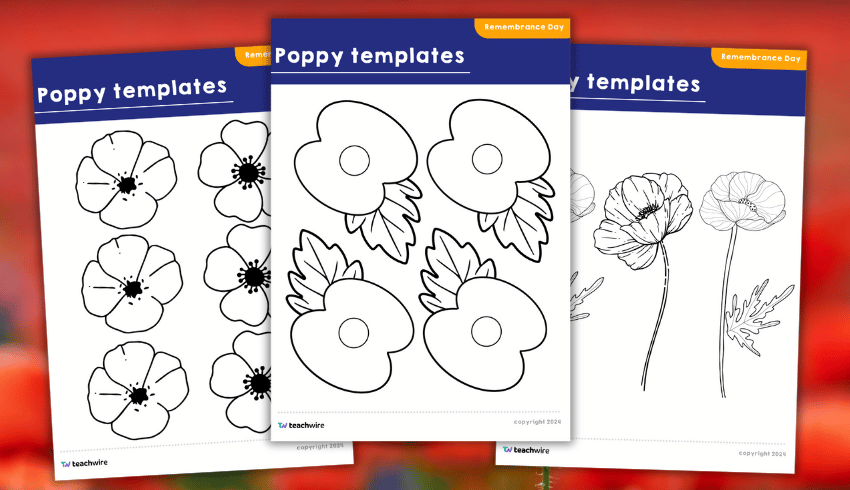
This free poppy template pack offers a variety of poppies for children to colour in and cut out, including both realistic ones and simpler, more traditional paper-style poppies.
KS1 resource pack – Why Do We Remember?
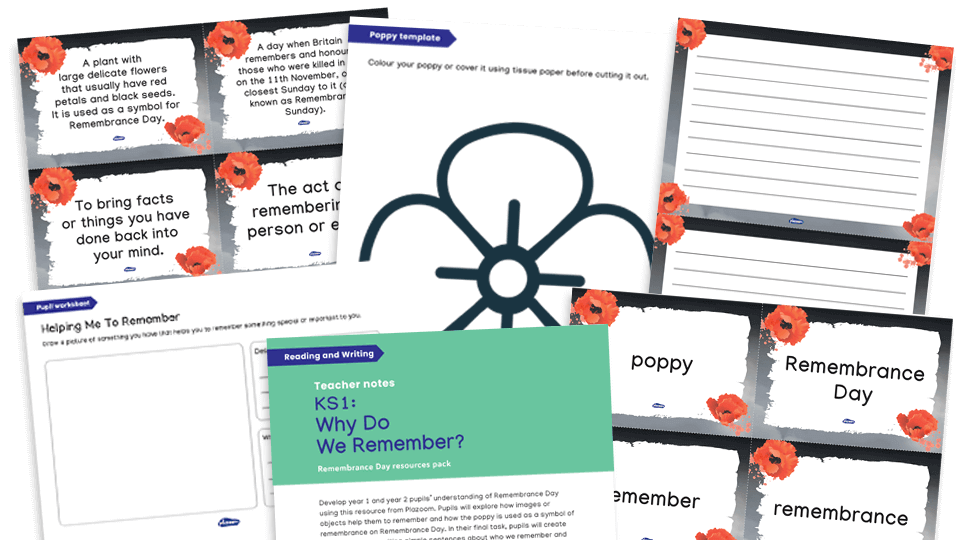
Develop pupils’ understanding with this KS1 Remembrance Day resource pack from Plazoom. You’ll explore how images or objects help us to remember. You’ll also cover how we use the poppy as a symbol of remembrance on Remembrance Day.
In their final task, pupils will create their own poppy. They’ll write simple sentences about who we remember and why when we see this symbol.
KS2 Remembrance Day activities
Remembrance Day assembly for KS2/3

What can the world learn from the poppy fields of Flanders? This free Remembrance assembly answers this very important question.
Local history KS2 lesson
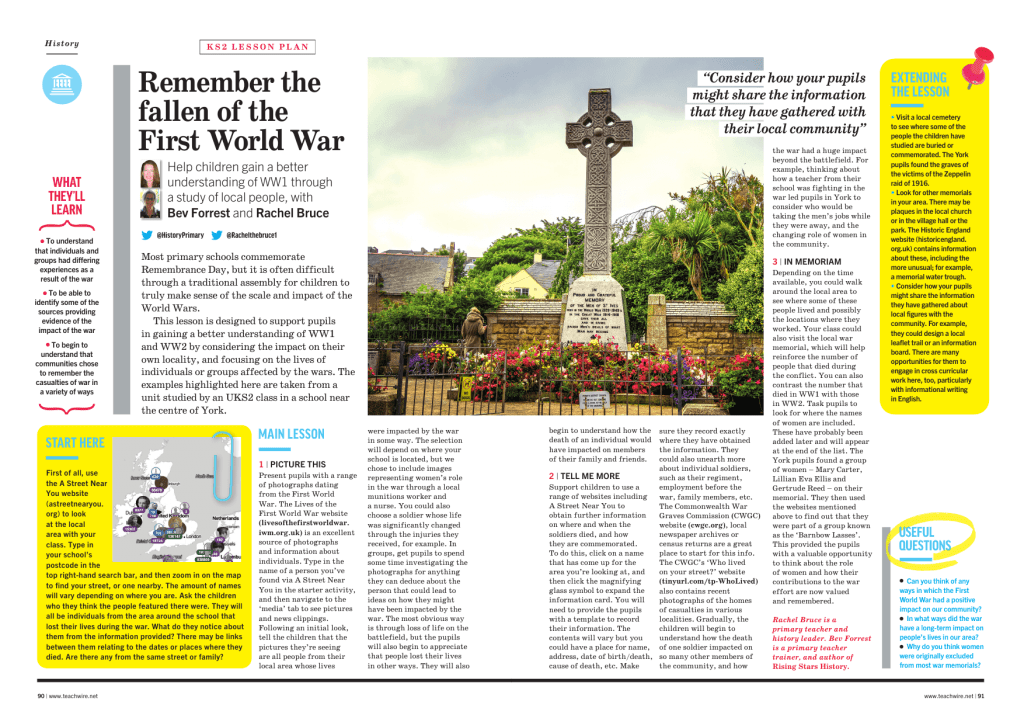
This free WW1 KS2 lesson will help pupils gain a better understanding of the World Wars. You’ll consider the impact on your own locality, and focus on the lives of individuals or groups affected by the wars.
Live 2024 Remembrance assembly
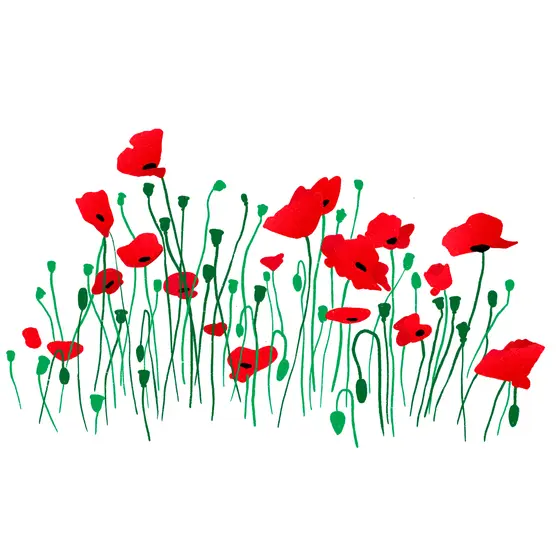
Join the British Legion for a live Remembrance Assembly on Monday 11th November 2024 for Years 5-9. Co-produced with the National Literacy Trust, the assembly features art, music, poetry, veteran interviews and more.
The British Legion also has a range of free KS1 Remembrance Day resources and KS2 Remembrance Day resources.
KS2 resources pack – A Letter from the Frontline
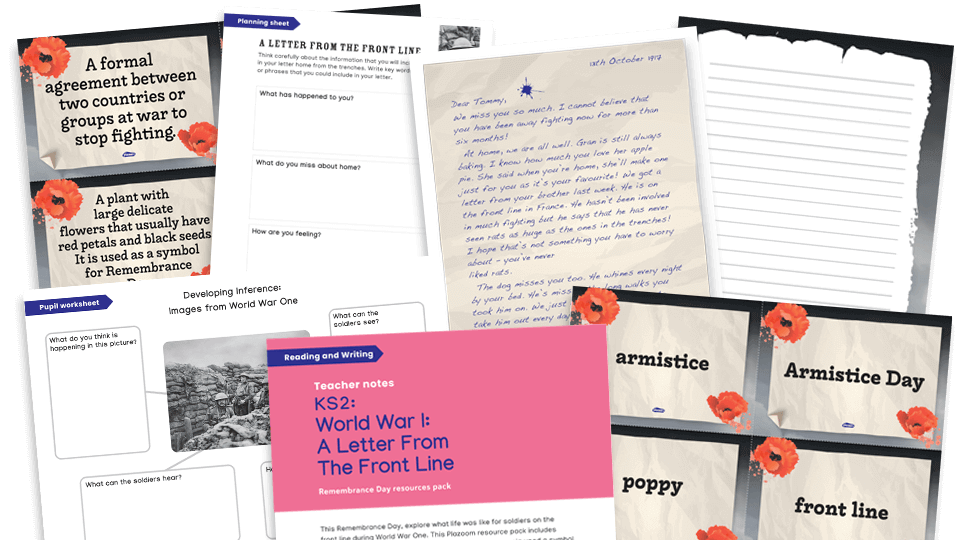
For this Remembrance Day, explore what life was like for soldiers on the frontline during World War One. This KS2 Remembrance Day resource pack from Plazoom includes information about Remembrance Day. You’ll learn about why we use the poppy as a symbol for remembrance.
Pupils will investigate what life must have been like for the soldiers who went to war. They’ll look at a number of images that show life in the trenches during WW1. They’ll then use their inference skills to imagine what it would have been like to fight on the front line across Europe.
You can complete these activities on Remembrance Day itself, or over a series of English lessons.
Fallen Fields for UKS2
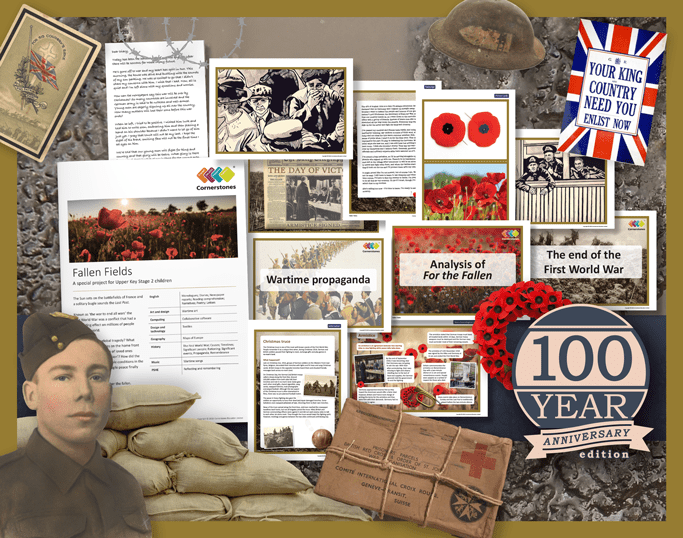
Fallen Fields is a free and fully-resourced First World War project from Cornerstones. It helps children understand why we commemorate this war.
Appropriate for children in Y5-6, it provides a series of pre-planned lessons across a range of subjects. The project culminates in a fundraising activity where children plan to raise money for The Royal British Legion.
BBC Remembrance resources
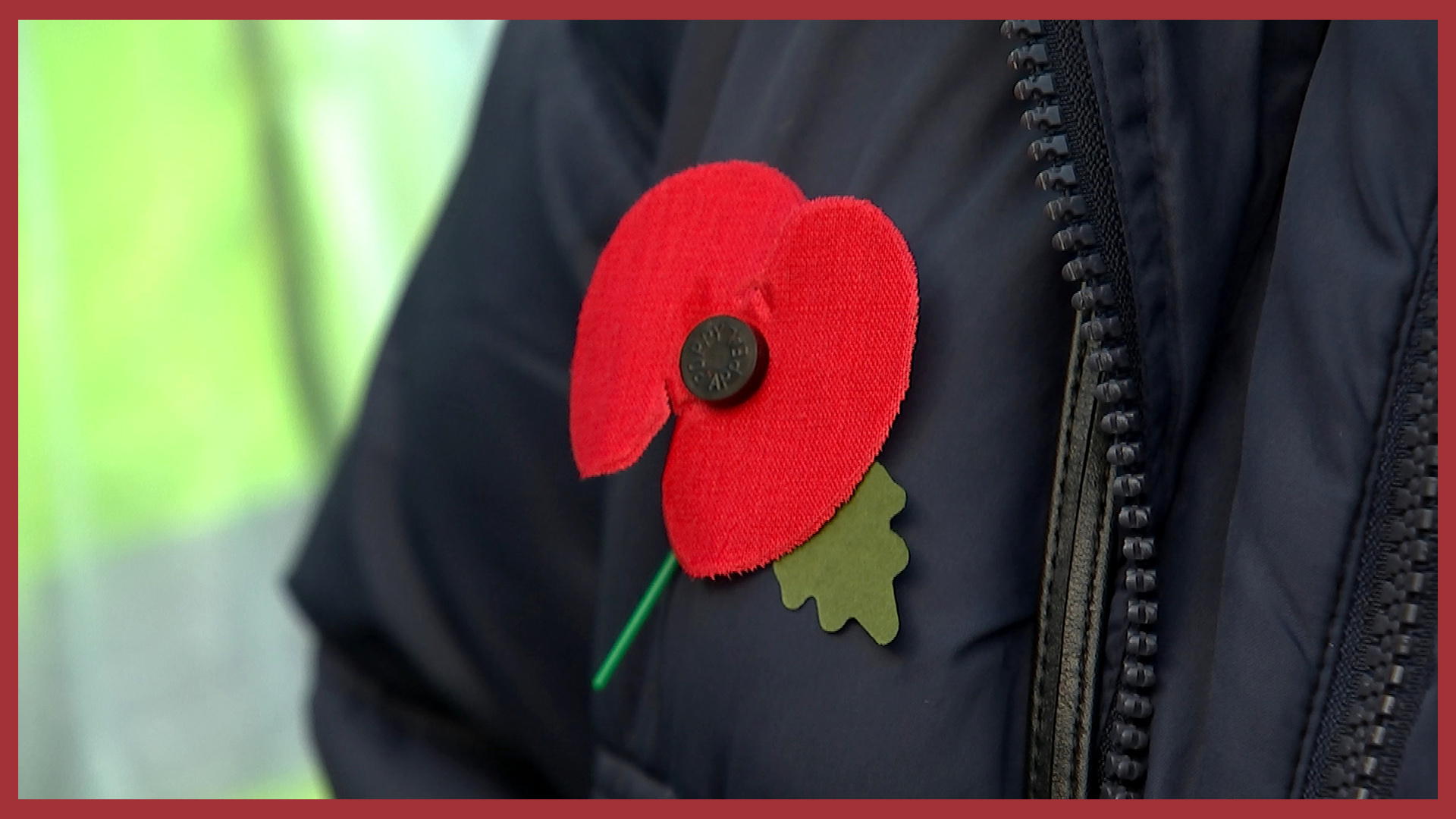
Over on BBC Teach there’s a great selection of Remembrance Day resources, including a Remembrance Sunday assembly for KS1/2, WWI and Remembrance songs, a pupil perspective assembly pack and more.
Making commemoration accessible to primary children
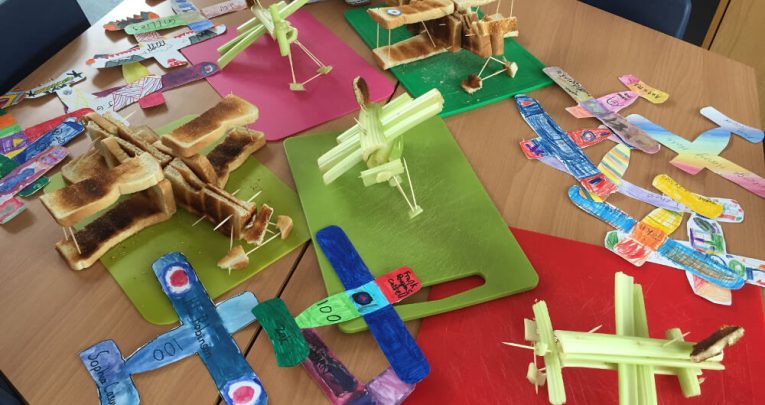
Remembering those who died in WWI a hundred years ago involves exploring difficult themes such as service, conflict and, ultimately, death.
With primary-age children, this can feel like dark stuff. However, don’t be put off. Commemoration has a place in primary schools and the challenge is to make it accessible.
Virginia Crompton, chief executive of Big Ideas, an organisation that runs educational engagement programmes, is passionate about introducing young people to commemoration.
“I am not a big believer in history for history’s sake,” she says, “But there is real value in giving young children a creative opportunity to remember together through acts of commemoration.”
“Commemoration has a place in primary schools and the challenge is to make it accessible”
The organisation created Remember RAF100 in 2018, a project aimed at primary schools dedicated to a single strand of the complex story of WW1 – the founding of the RAF.
Trending
“It gives teachers the chance to explore the excitement of early flight alongside the importance of remembering those who lost their lives in the air,” explains Virginia.
Big concepts
One of the project’s aims was to introduce acts of remembrance and learning about war into KS1. It was also a great way of starting conversations in the classroom around British values.
Children’s author Jim Eldridge was commissioned to write a series of poems on different themes, including flight, conflict and remembering.
The poetry book was unillustrated and was designed to be taken apart and worked on by groups of children, to then be bound together as a book made together by the entire class. The poems provide a springboard to start exploring these big concepts.
Children from Y1 and 2 of Cranwell Primary in Lincolnshire took part in the Remember RAF100 project. Teacher Sarah Mears-Sagoo says that pupils didn’t shy away from the trickier themes.
“I was so impressed with their response to the poems,” she says. “One six-year-old girl drew a plane covered in musical notes. When I asked her why, she explained that they were the hum of the plane as it was going down, which is why she’d also drawn the pilot with a sad face.”
“She explained that they were the hum of the plane as it was going down”
Connecting with the past
To capture young people’s interest, Virginia believes that commemoration needs to be both fun and memorable. “It has to be creative and allow young people to connect with the past,” she says.
“The resource pack shows you how to build bi-planes out of toast or celery. This is an exciting and memorable alternative to using paper or cardboard.”
The children in Sarah’s class adored this activity. “They took real pride in making them as perfectly as possible,” she says. “In fact, they loved them so much, we still have the planes at school.
They’re starting to go mouldy so I’m going to have to throw them out soon! One hundred years ago is an alien concept to young children, who sometimes struggle to remember a few years back. This is a way to creatively transport them there.”
Complex narratives
The power to connect with the past often comes from learning one person’s story. This is especially true when learning about a complex global narrative like WW1.
Y3 and 6 pupils at Farsley Farfield Primary near Leeds focused on the story of Captain James Butler, whose grave is in a churchyard near the school. The school hosted a short service of remembrance where children read a biography of Captain Butler, recited poetry, listened to the Last Post and had a minute’s silence to remember all the pilots who served in the war.
The children also created 440 aeroplanes, each featuring the name of a serviceman or woman from the RAF who lost their life during WW1 and are buried in the UK – bringing it back to a relatable, local level.
Children at Cranwell Primary also made plane tributes for individual pilots. They were each given a name and a few details about the pilot, such as where they lived and what family they had, and were asked to think about their pilot as they decorated their plane.
“In the older class they listened to wartime music as they painted their planes to create a special atmosphere,” explains teacher Sarah. “The children felt they owned their pilot’s story and wanted to share it with others.”
Virginia believes that this oral storytelling is an essential part of making commemoration meaningful. “When young people take ownership of one person’s story and share it with others, they are engaged in active remembering, which is what commemoration is all about,” she says.
Special guests
Commemorative events give schools the opportunity to invite others in their communities to get involved. Farsley Farfield invited special guests to walk with them to the churchyard and participate in their remembrance service.
“When young people take ownership of one person’s story and share it with others, they are engaged in active remembering”
The children of Cranwell Primary also participated in a special service of remembrance with friends, family, cadets and veterans at the nearby RAF college.
Virginia considers this one of the key objectives of any commemoration activity. “Commemoration is about remembering together. Joining in an event, hearing stories, remembering individual lives lost – these are all an opportunity to make new connections,” she says.
“Jim Eldridge ends his poem Remembrance with the lines, ‘Remembering is of the past. Remembrance is for the future’. I couldn’t agree more.”


